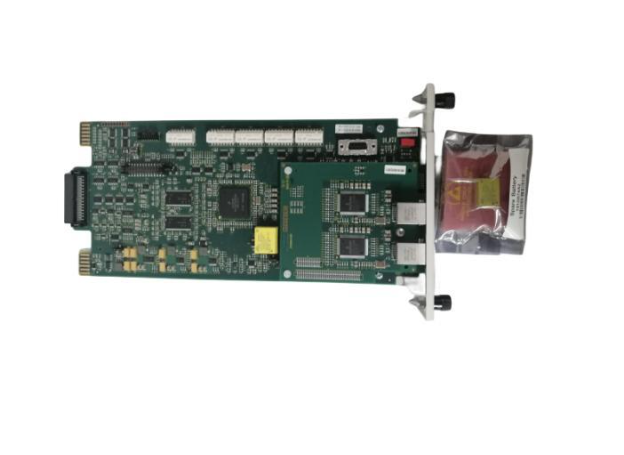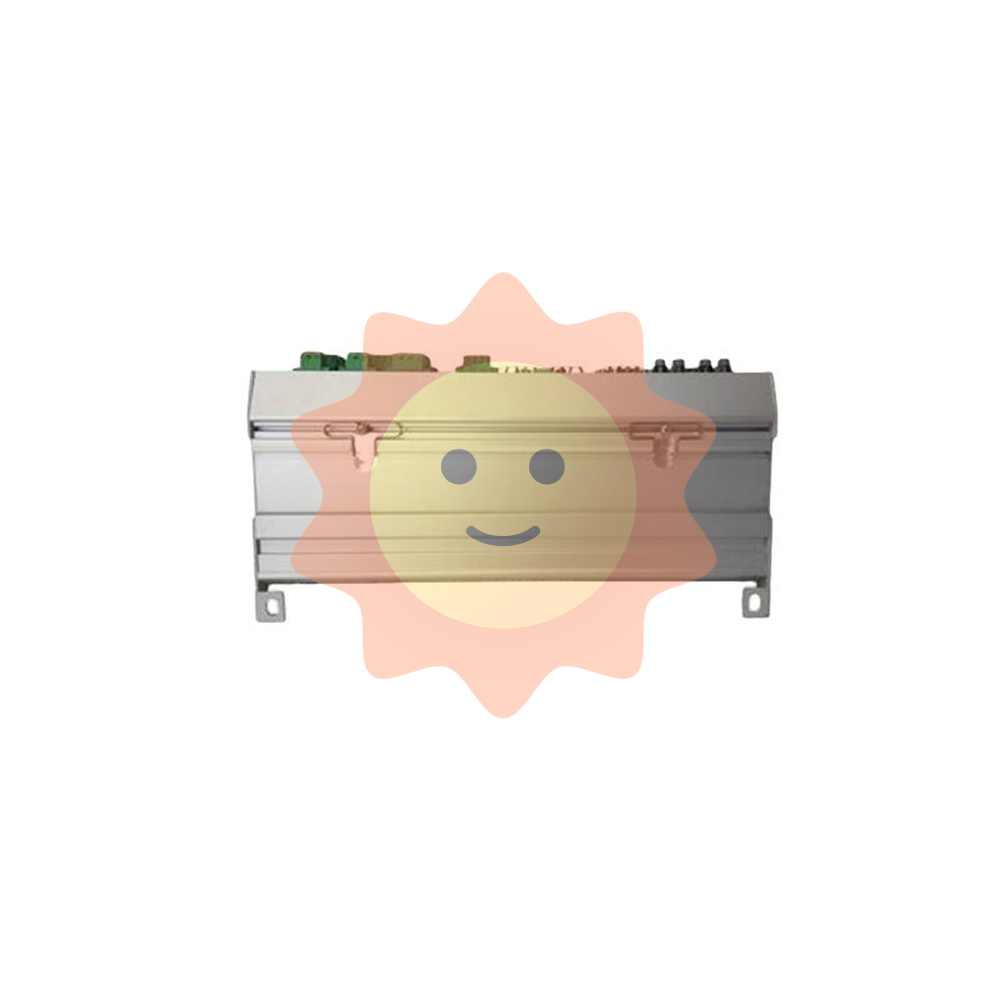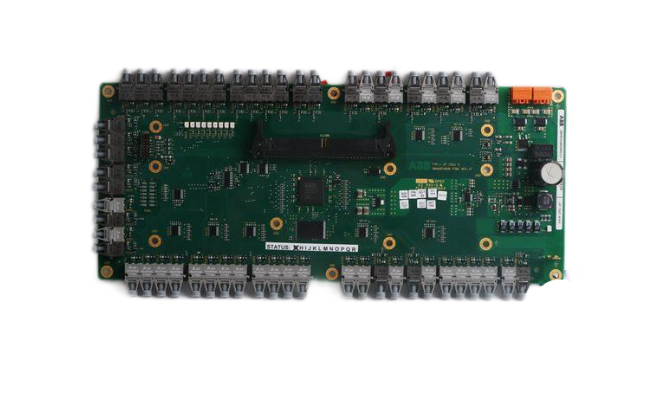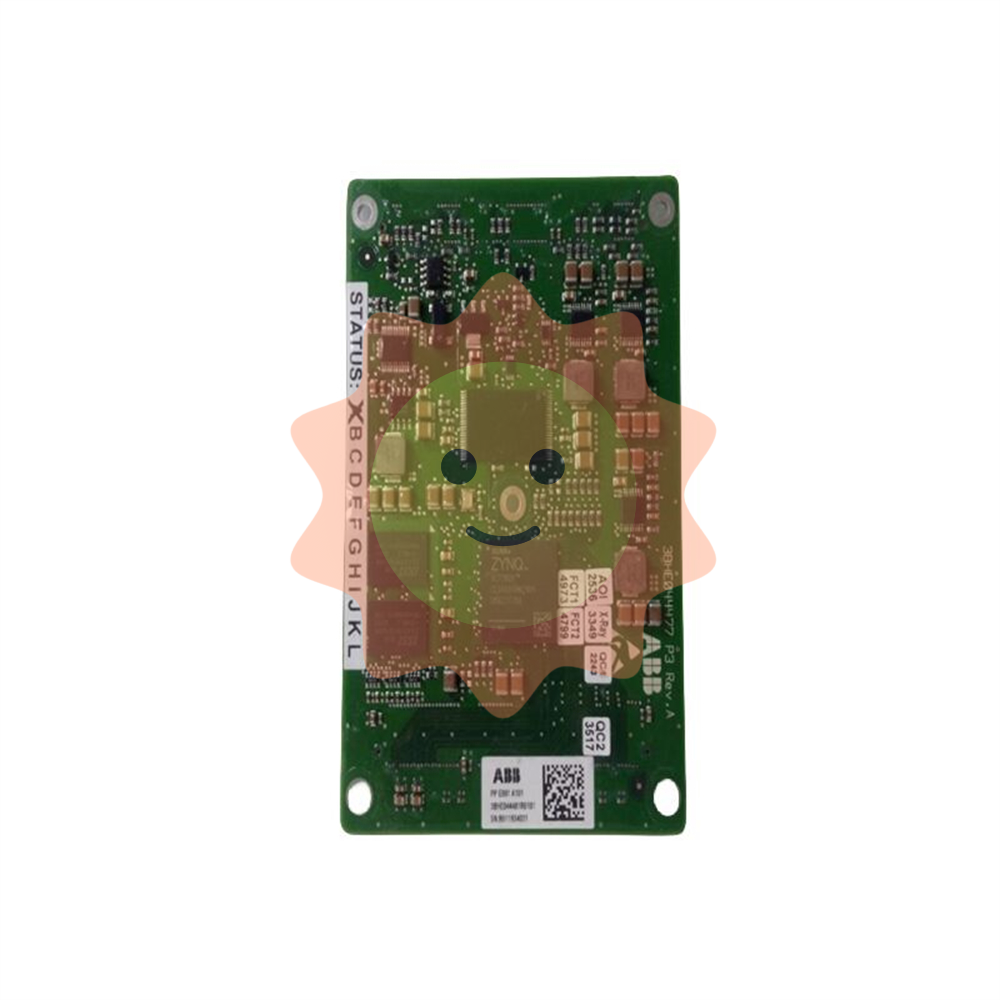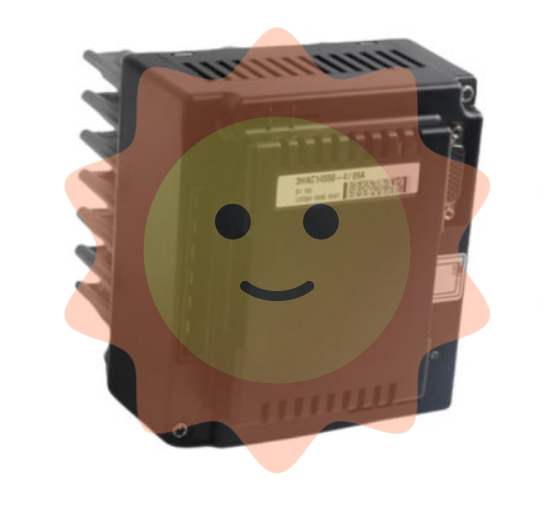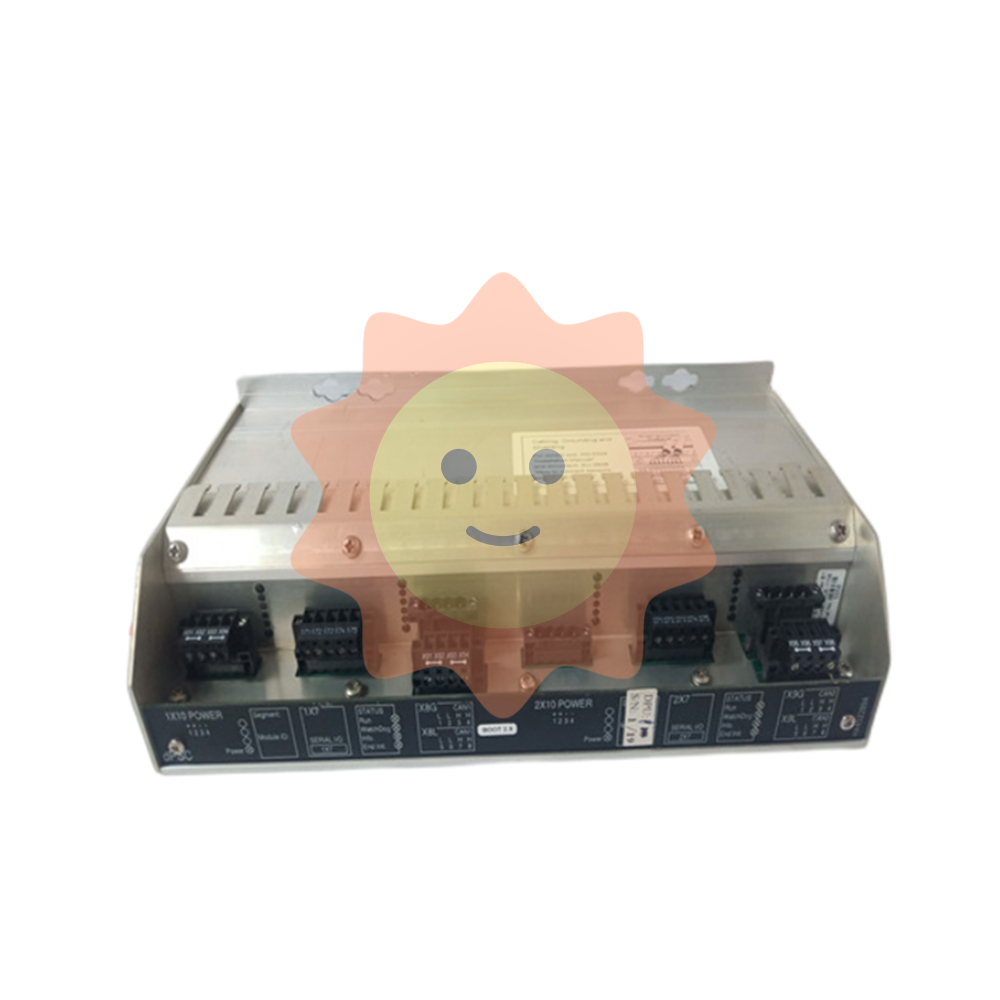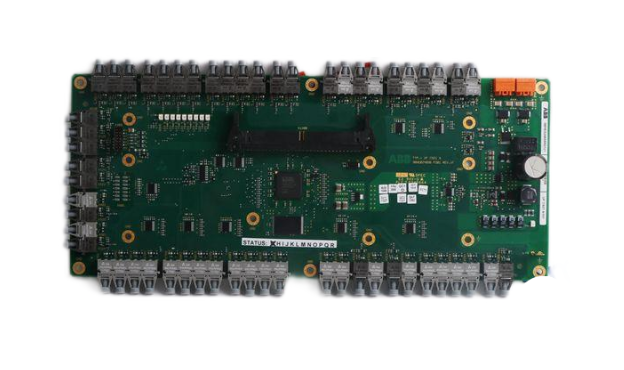Printing industry, how to achieve intelligent production and intelligent factory of Industry 4.0?
At present, the intelligent development of China's printing industry is in the key and basic stage of technical assembly, exploration and implementation, management adaptation, and step by step improvement. Due to the powerful function of intelligence in solving the problem of market factor supply, in some qualified enterprises, it is showing a strong trend of accelerating promotion. With the development of a new generation of information technology, the intelligent upgrading of the printing industry will enter a new stage and a new level, and continue to promote the continuous burst of production methods, management models and business operation innovation capabilities. According to incomplete statistics, there are more than 100,000 printing enterprises of all kinds in China, with more than 3 million employees, and the total output value of printing exceeds 1.1 trillion yuan. Although the public began to get more information from mobile phones, thanks to the promotion of national reading and the improvement of national reading rate, the total output value and total assets of the national printing have shown an upward trend. According to reports, China's annual output value of 50 million or less printing enterprises about 101,000, the output value accounted for 46% of the total output value of the industry. The other 54% of the output value is occupied by more than 3,000 printing enterprises with an annual output value of more than 50 million yuan. From the data point of view, the backbone enterprises have a greater impact on the industry, and small and medium-sized printing enterprises are facing a market environment of opportunities and crises. However, China's printing industry has so far only achieved a quantitative breakthrough, but not a qualitative breakthrough. In terms of basic technology, there is a big gap compared with developed countries such as Germany. However, there is not much gap between China and the international advanced level in Internet technology and IT technology, which provides opportunities and basic guarantees for the Internet reengineering of the printing industry and the use of big data technology to break through Industry 4.0. Second, the printing industry faces many "pain points". First, the market structure changes. Electronic reading and electronic publishing have brought a huge impact on the printing industry, the printing cycle is getting shorter and shorter, small batch, multi-variety, personalized products are increasing, and printing profits are declining. Second, labor costs remain high.
Wages rise year after year, employees decline year by year, there is still a "difficult", "labor shortage" situation, not only printing machine, even ordinary workers are more and more difficult to "recruit" and more and more difficult to "stay". Third, the production process is complex, high-end machines and low-end manual coexist. There are many links in the printing and packaging process, many manual operations, and the coexistence of advanced equipment and manual low-end equipment, resulting in low equipment utilization, low production efficiency and insufficient capacity utilization. Many printing plants have to rely on a large number of temporary workers to solve production needs in the busy season, and there are many hidden dangers in personnel management and product quality. Fourth, enterprises are still dominated by traditional extensive management. The informatization level of most enterprises is low. The management links are many, the process is cumbersome, and the efficiency is not high. "Made in China 2025" has clarified the future development direction of China's manufacturing industry, and the printing industry, as a branch of the manufacturing industry, is also seeking a road to transformation and upgrading. How to improve the situation of large but not strong, low efficiency, low management level, and not much money is a problem that the entire printing industry is thinking about. The traditional printing process is divided into pre-press, printing, folding, stacking, binding and logistics six links, these links like islands, independent, the middle needs a lot of manual operation, a lot of loss between links, multiple transfers and connections to bring huge labor intensity and other problems are becoming increasingly prominent, It has become the main bottleneck for the printing industry to improve quality and efficiency. Through the digital and intelligent printing smart factory, these links are connected together, which will realize the digital and intelligent control of equipment, the automation and unmanned operation of transport and logistics, the information and real-time interaction of production management, so as to improve quality and efficiency, reduce loss and labor intensity, reduce the number of personnel, and reduce costs. Intelligent printing factory is not a single upgrade of some equipment and some technology, but a comprehensive upgrade of the whole system, which is a fundamental change in the deep integration and integration of information technology and manufacturing industry.

It combines modern information and communication technology with network technology and artificial intelligence technology, through the cooperation of intelligent production equipment, intelligent logistics equipment, warehouse management system, industrial robot system integration, cloud service platform, green energy-saving equipment, manufacturing execution system and other key technologies, the centralized management mode of traditional printing production, Upgrading to a decentralized, enhanced control management model greatly improves production efficiency, reduces process consumption, and enables goods and services inside and outside the printing plant to cooperate with each other, generating unprecedented value, forming a new business model, and ultimately establishing a highly flexible, efficient operation of personalized, digital, large-scale printing products and services manufacturing and providers. In intelligent printing factories, devices are interconnected with devices, people are interconnected, and people are interconnected with devices, that is, the physical objects in the system communicate in the information system and carry out cross-border information exchange. At present, the printing equipment used by most printing enterprises in China, especially small and medium-sized enterprises, is still in the middle and low grade equipment, second-hand purchased equipment and the use of old equipment makes most printing enterprises compared with advanced printing enterprises at home and abroad, not only the equipment function is backward, but also in the performance stability and the degree of automation is difficult to look back. The old-fashioned printing equipment also makes it difficult for enterprises to have their own innovative technology and printing characteristics, which makes it difficult for enterprises to maintain for a long time. Starting from the second half of 2016, the printing machine manufacturing industry is beset with difficulties, offset printing presses are unsalable, and sales are falling off a cliff, which makes the printing machine manufacturing enterprises fall into business difficulties. In 2017, the printing machine manufacturing industry is facing huge environmental pressure, the cost of internal labor and other prices have risen sharply, and the growth will still slow down under the internal and external difficulties. Whether to change the flag or insist on development is a difficult choice placed in front of each printer. The industry must rely on technological progress and seize a strong position in the industrial chain through new technologies in order to obtain new value and new development. In the era of rapid technological update and development, new technology is productivity, and technical strength is core competitiveness. Recently, Fengqifeng Printing Technology Co., LTD., a subsidiary of Shanghai Longlide Company, created the "first". The first intelligent printing factory in Fengxian District (Shanghai) is the first intelligent "unmanned" packaging and printing factory in China.
The "nobody" here is not completely without manual intervention, but just describes how few people: nearly 15,000 square meters of workshop, two highly intelligent packaging and printing production lines, can produce 36,000 cartons per hour, 18,000 cartons, full production time output value of about 2 million yuan, but only 8 employees on the job. These eight people are just in charge of software operations. The "physical work" in the production process is mainly completed by automated equipment such as single-armed robots, palletizing robots, and AGVs (automatic guided transport vehicles). It is estimated that a factory using traditional technology would need 1,000 workers to reach its output. For the same output, the number of workers is 8:1,000. With the continuous development of the Internet and the Internet of services, the pace of human beings entering the era of "Industry 4.0" is accelerating. China's printing manufacturing industry must face up to this development trend, actively adjust the state of the enterprise, join the "Industry 4.0" this change, and obtain transformation opportunities in the new round of industrial revolution, so that China's printing manufacturing industry can have a long-term stable development.
- EMERSON
- Honeywell
- CTI
- Rolls-Royce
- General Electric
- Woodward
- Yaskawa
- xYCOM
- Motorola
- Siemens
- Rockwell
- ABB
- B&R
- HIMA
- Construction site
- electricity
- Automobile market
- PLC
- DCS
- Motor drivers
- VSD
- Implications
- cement
- CO2
- CEM
- methane
- Artificial intelligence
- Titanic
- Solar energy
- Hydrogen fuel cell
- Hydrogen and fuel cells
- Hydrogen and oxygen fuel cells
- tyre
- Chemical fiber
- dynamo
- corpuscle
- Pulp and paper
- printing
- fossil
- FANUC
- Food and beverage
- Life science
- Sewage treatment
- Personal care
- electricity
- boats
- infrastructure
- Automobile industry
- metallurgy
- Nuclear power generation
- Geothermal power generation
- Water and wastewater
- Infrastructure construction
- Mine hazard
- steel
- papermaking
- Natural gas industry
- Infrastructure construction
- Power and energy
- Rubber and plastic
- Renewable energy
- pharmacy
- mining
- Plastic industry
- Schneider
- Kongsberg
- NI
- Wind energy
- International petroleum
- International new energy network
- gas
- WATLOW
- ProSoft
- SEW
- wind
- ADVANCED
- Reliance
- YOKOGAWA
- TRICONEX
- FOXBORO
- METSO
- MAN
- Advantest
- ADVANCED
- ALSTOM
- Control Wave
- AB
- AMAT
- STUDER
- KONGSBERG
- MOTOROLA
- DANAHER MOTION
- Bently
- Galil
- EATON
- MOLEX
- Triconex
- DEIF
- B&W
- ZYGO
- Aerotech
- DANFOSS
- KOLLMORGEN
- Beijer
- Endress+Hauser
- MOOG
- KB
- Moxa
- Rexroth


Email:wang@kongjiangauto.com


































































































